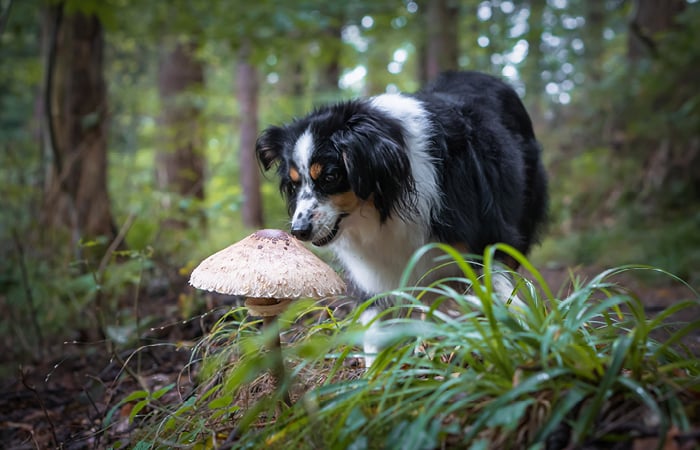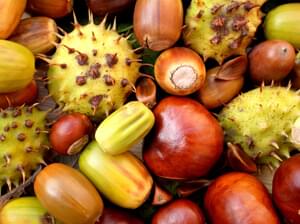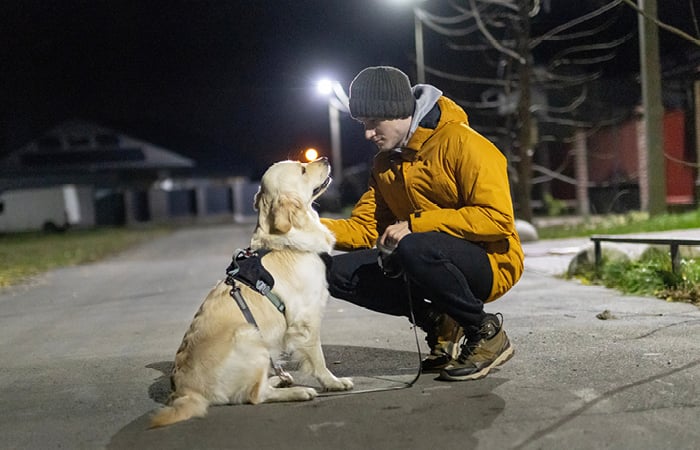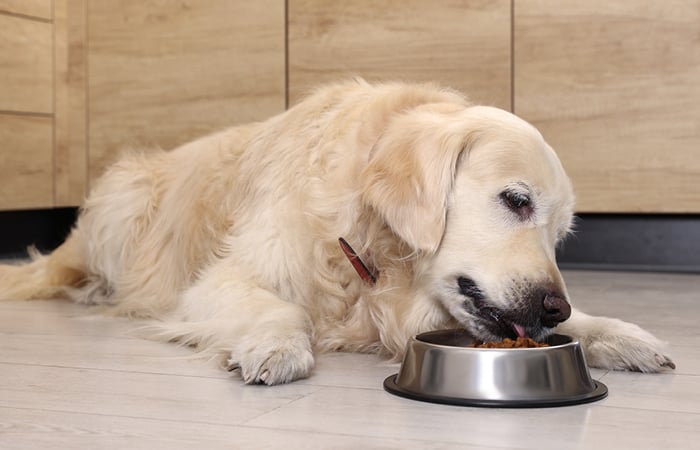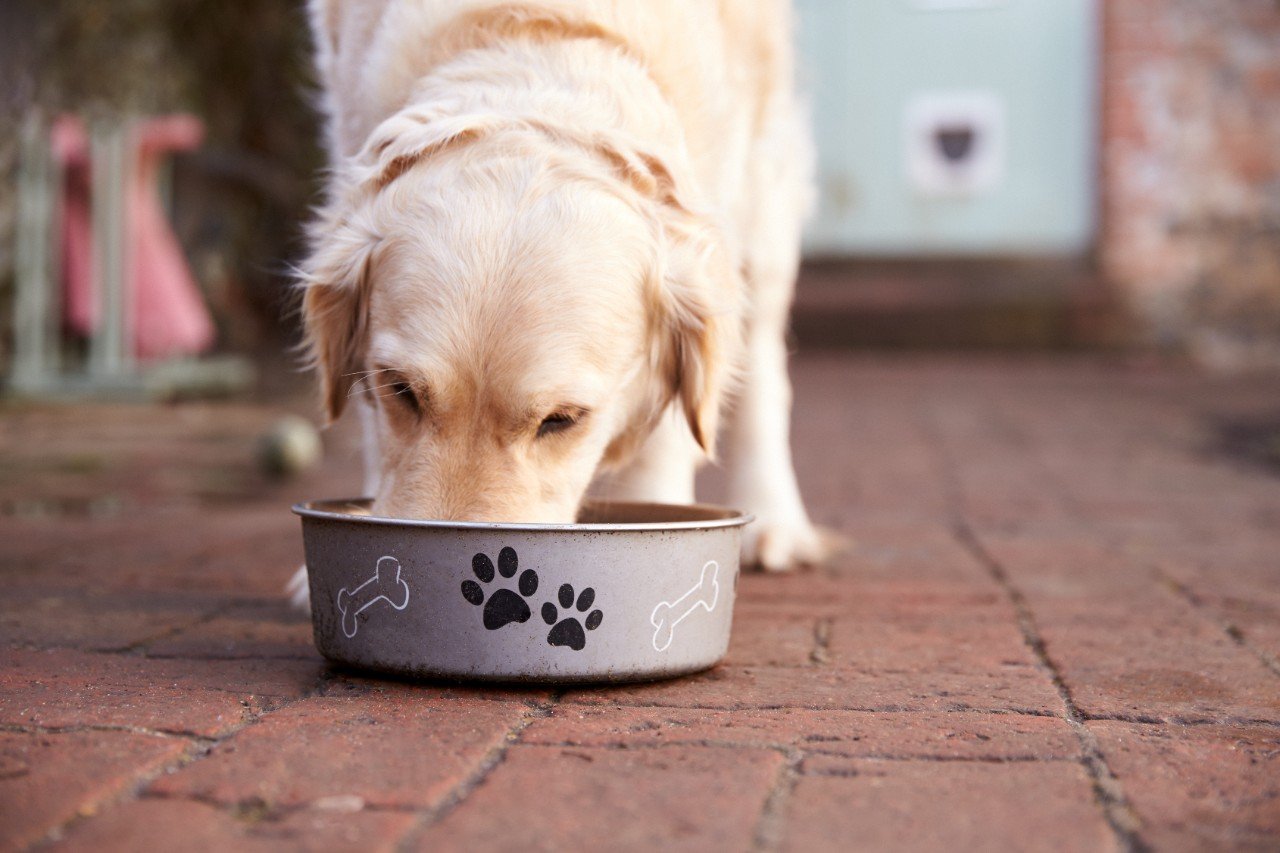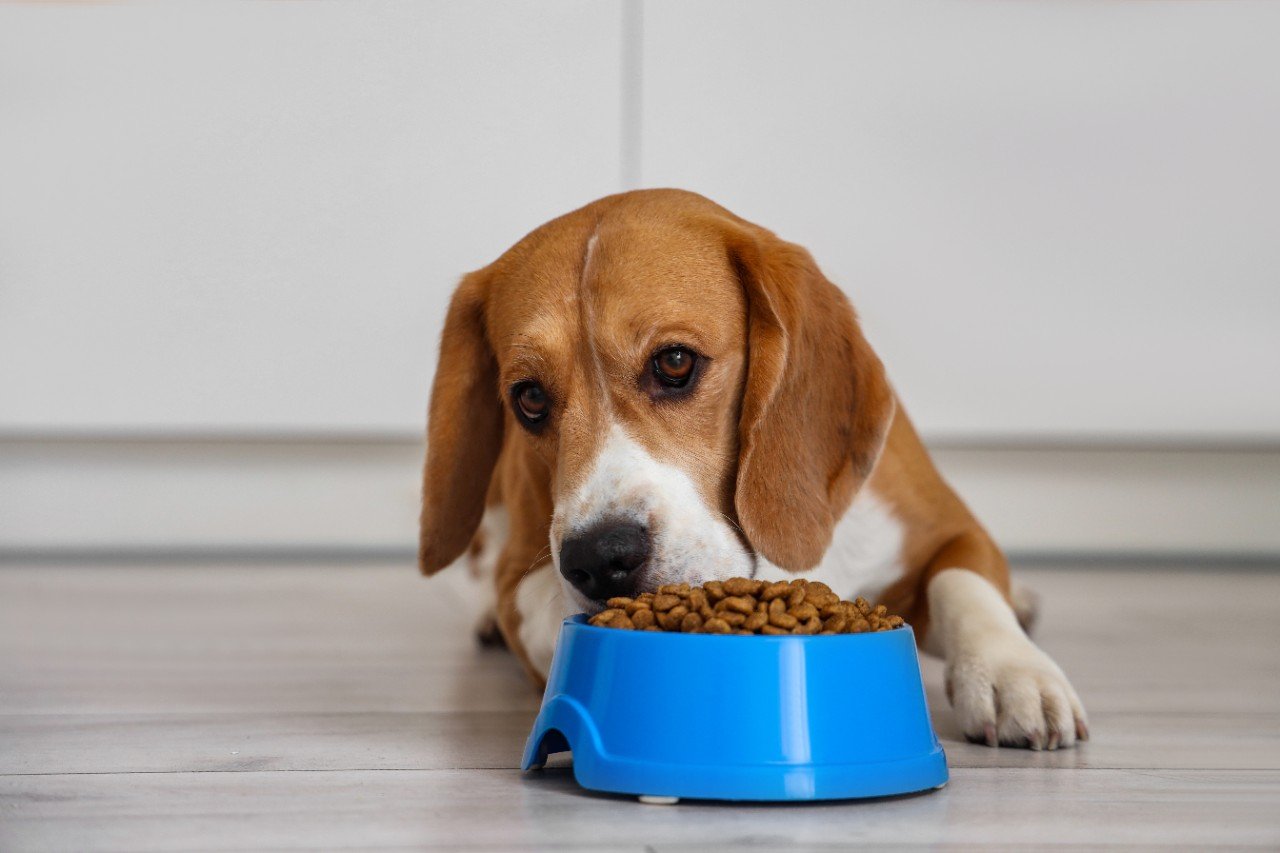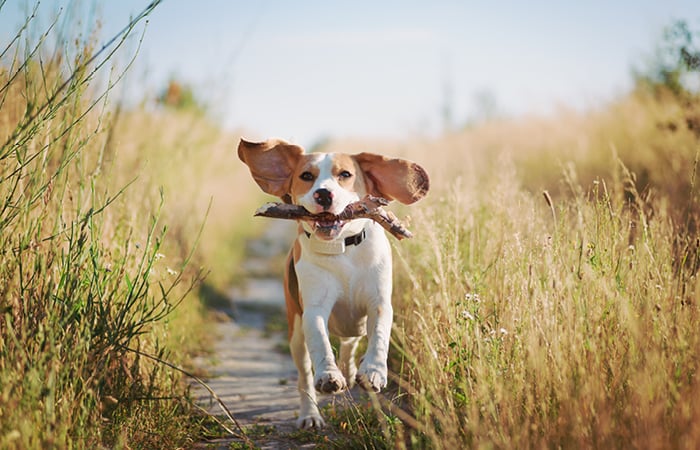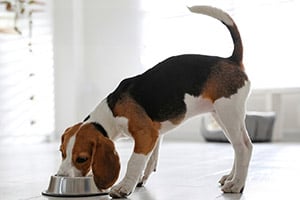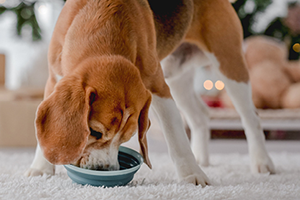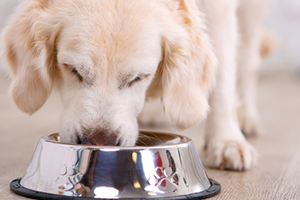Whether it’s crunchy leaves or fallen conkers, autumn walks can be the greatest sensory playground for dogs. But while the season offers plenty of enrichment, it also comes with a few hidden risks, especially when it comes to things your dog might sniff out or chew on.
Below, you’ll learn all about the common things dogs shouldn’t eat on autumn dog walks, how to spot potential hazards, and what to do if you’re worried they’ve eaten something they shouldn’t.

